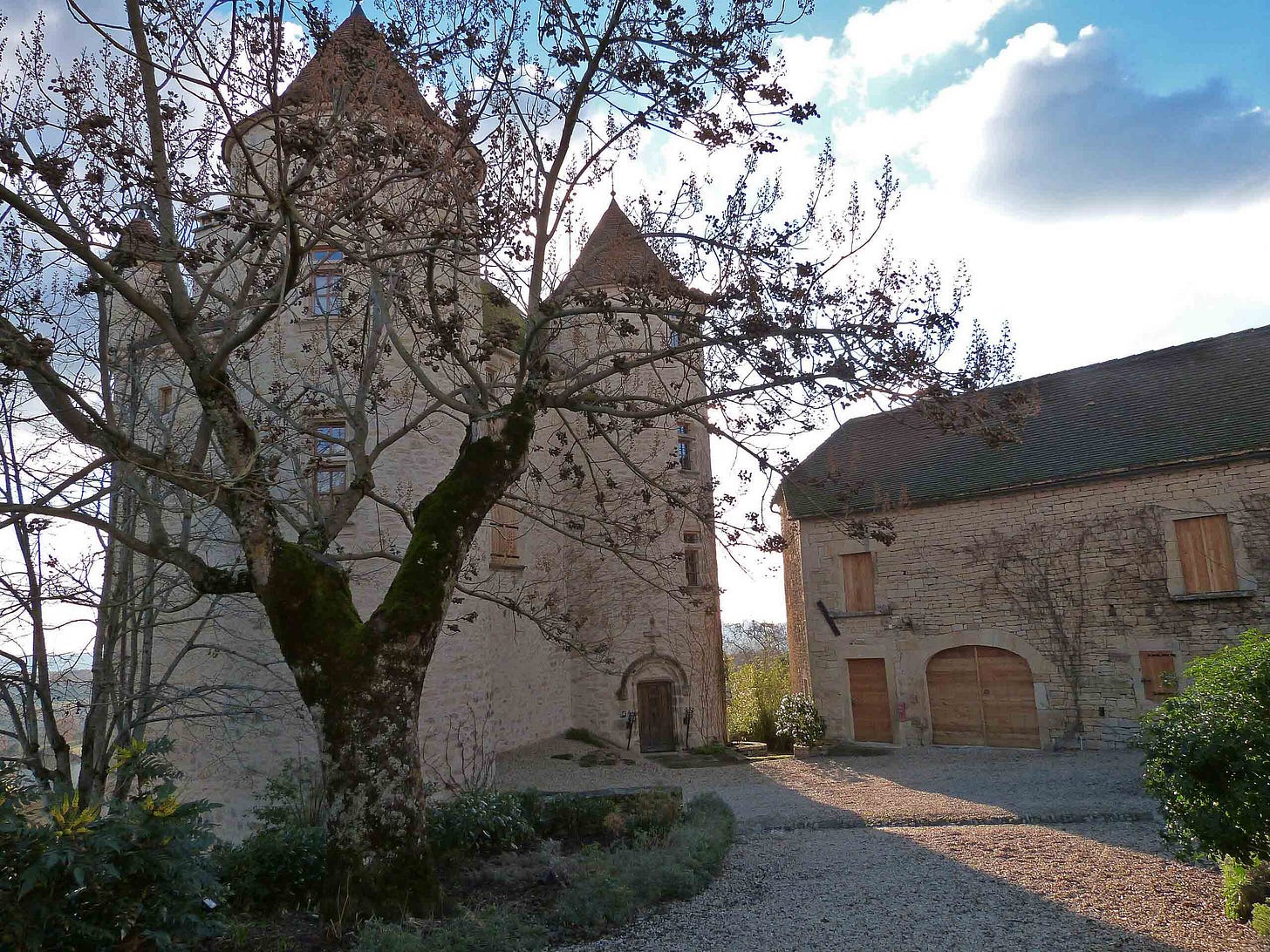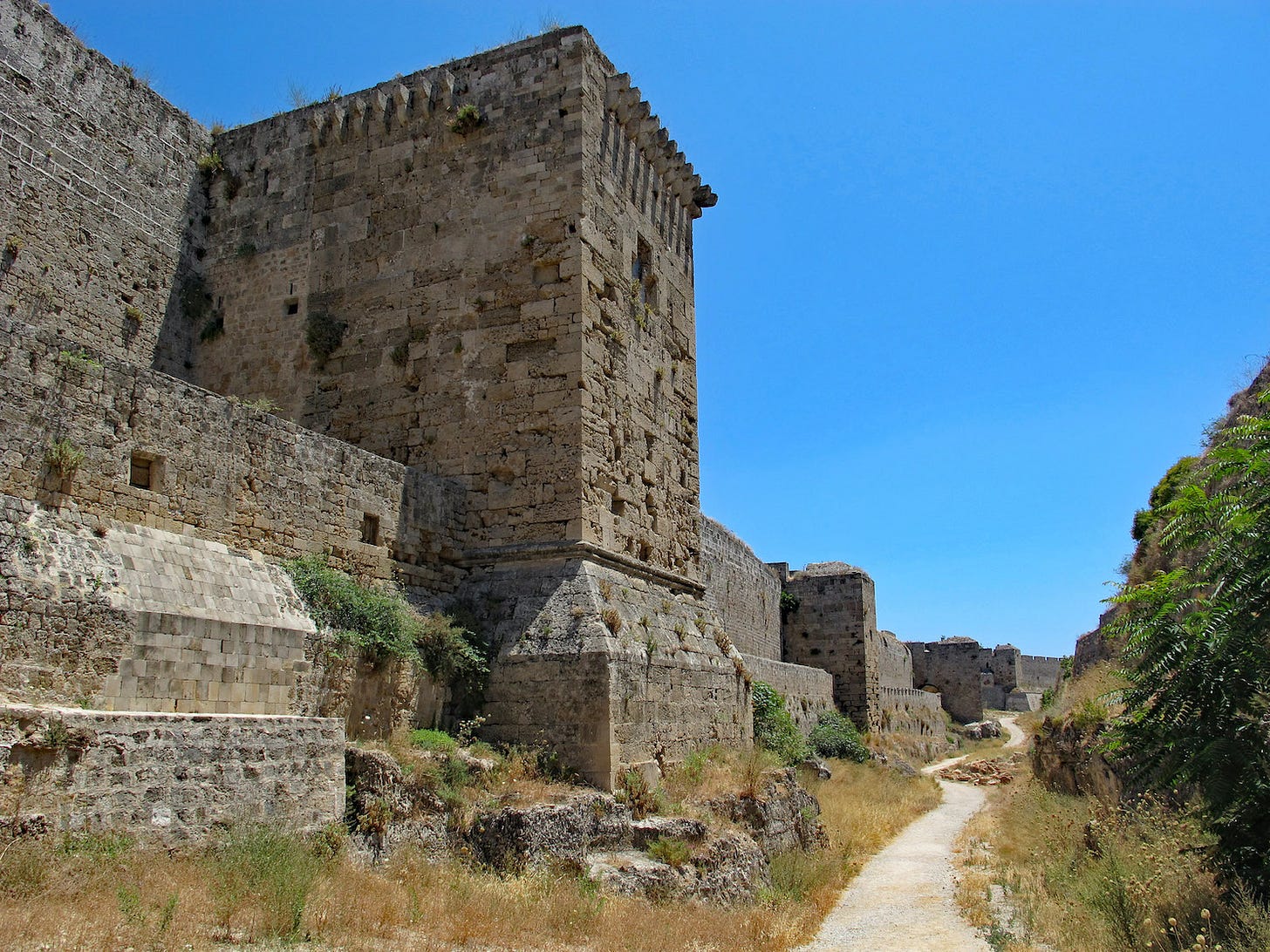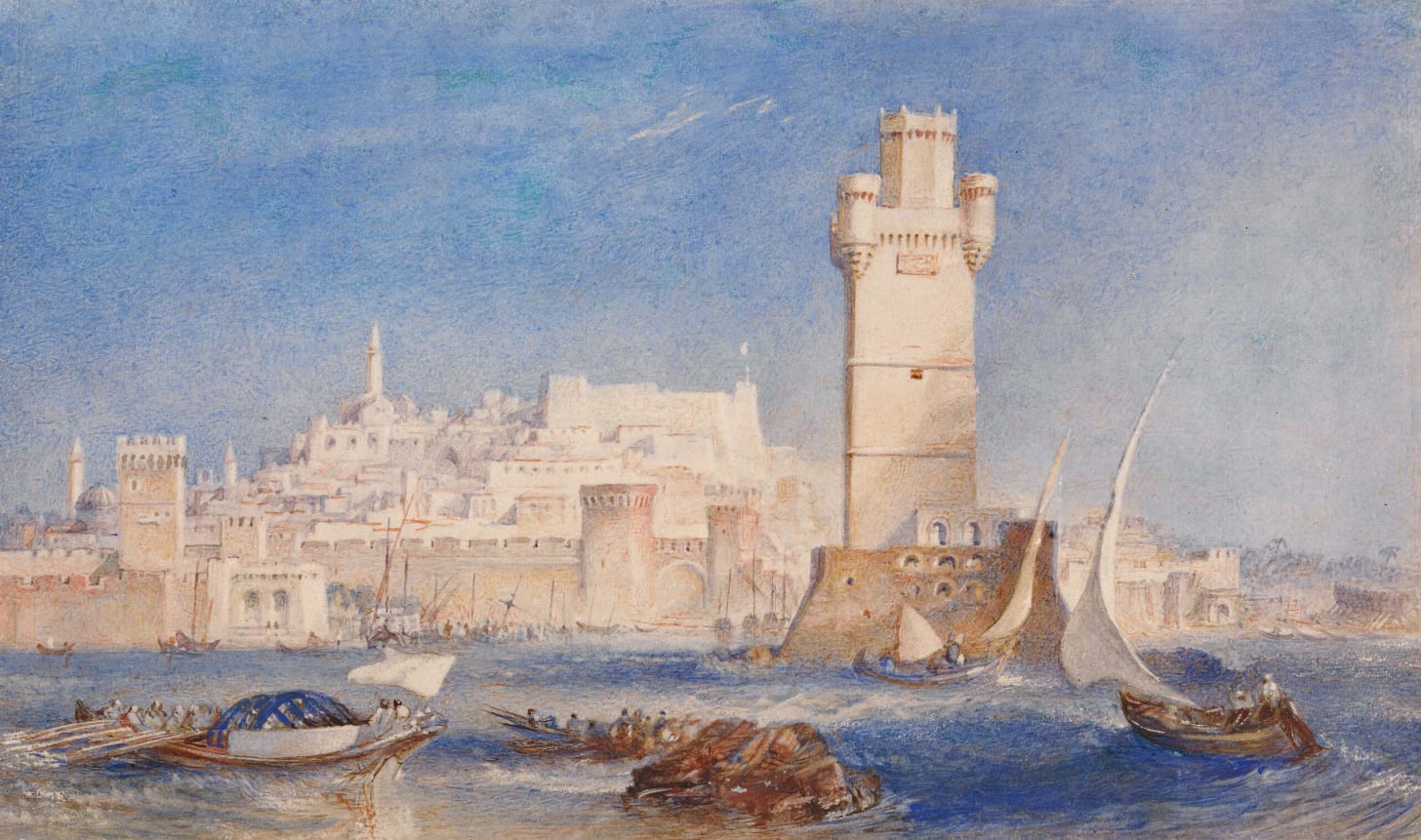The Heroism of Humility - Jean de La Valette
The hero of the Great Siege of Malta was a man formed by humbling experiences and selfless service...
It is through struggle that the true qualities of Man are revealed. To face one’s foes, or to flee them; to follow what is right, or what is easy; to serve oneself, or a higher cause — these are all tests on which no man may cheat.
Fortunately, we do not need to resort to fiction to find real examples of those who passed these tests with flying colours, and who can inspire us as we strive to do the same. One of them, if not chief among them, was Jean de La Valette, Grand Master of the Order of the Hospital of Saint John of Jerusalem, and hero of one of the greatest victories against the odds in all history — the Great Siege of Malta.
La Valette’s leadership and courage in the siege was so legendary that it is easy to forget that he was no less than seventy years of age at the time of his greatest triumph over the Turk. But much indeed had occurred in the decades prior to prepare both his body and soul for the moment of his highest calling.
That’s why today, we explore the making of one of Christendom’s greatest heroes — and what his example can teach you about leadership, courage, and honour in the face of all odds…
From Nobility to Knighthood

The Order of Saint John had long been, at its core, intensely aristocratic. Indeed, in order to enrol as a knight, a candidate was required to demonstrate noble lineage on both his father’s and mother’s side, extending back no fewer than four generations.
As a result, the Hospitaller Knights were drawn exclusively from the most distinguished houses of the Old World, and to take the Order’s stringent vows of poverty, chastity and obedience was the ultimate expression of noblesse oblige — that is, the responsibility that walked hand in hand with nobility. With both its most famous fellow orders — the Knights Templar and Teutonic Order — either suppressed or enfeebled by the 16th century, the Order of Saint John would be the last true crusader military order in the West.
Born in 1494 to the ancient and noble House of Valette, Jean de La Valette was a man of profoundly and appropriately illustrious stock. He was the son of Guillot de La Valette, Chevalier of France and descendant of Fortuné de Valette, who three centuries earlier had served on the Third Crusade alongside King Philip II Augustus, and likely the ancient hereditary Counts of Toulouse before him.
To say, therefore, that a certain expectation was placed upon the shoulders of Jean would be an understatement.
Most likely born in the family fiefdom of Parisot, on the border between what were once the southern French provinces of Quercy and Rouergue, and within today’s region of Occitania, it was surely Providence that decreed that so great a warrior of Christendom was birthed the very same year as the man who would one day be the nemesis of his calling — Suleiman the Magnificent, greatest of the sultans of the Ottoman Empire.
It was a calling that Jean, as a younger brother to the family heir, would embrace soon after reaching manhood, enrolling in the Order of Saint John at the age of twenty. Since he did so as a full Knight, this almost certainly followed years of intense physical training as both a page and a squire.
In any case, upon taking his vows, his life no longer belonged to his family by blood, but that of faith, and following his arrival at the Order’s island home, he would never return to his ancestors’ estates…
The Rhodian Crucible
The azure waters and gleaming towers of Rhodes belied the mortal danger that all but encircled the island.
The island had been the home in exile of the Knights Hospitaller for some two centuries, following the loss of the Kingdom of Jerusalem in 1291. But by the arrival of Jean de La Valette in 1514, as the only remaining independent Christian state in the Eastern Mediterranean, a stone’s throw from the Anatolian heartlands of the ascendent and aggressively expansionist Ottoman Empire, Rhodes was living on borrowed time.
The Order had within living memory barely repelled the armies of Sultan Mehmet II, and it was only a matter of time before the Turks returned to avenge that humiliation. With the ascension of Suleiman the Magnificent to the Ottoman throne in 1520, such a moment appeared increasingly imminent. Conquering Belgrade just one year into his reign, the Sultan was soon emboldened enough to fulfil the destiny of a Muslim emperor, and eliminate the last vestige of the crusading orders.
So it was that on the 26th June 1522, a vast armada bearing over 100,000 men — led in person by Suleiman himself — invested Rhodes, and commenced the siege of her legendary fortifications. The twenty eight year old Jean de La Valette, therefore, was about to face the hardiest education a man can receive.
In recognition of its highly international brotherhood, the Order of Saint John was organised into eight Langues (literally ‘Tongues’), representing the provenance of its knights. In 1522, they were the Langues of Italy, England, Germany, Castille, Aragon, France, Auvergne and that of Jean de La Valette himself — the Langue of Provence. As was the Order’s custom, the defensive sectors of the walls were allotted to individual Langues, who were under strict command to remain within their designated zones.

Since the Provençal Langue was deployed on the southeastern walls, with the English at their right and the Italians their left, Jean de La Valette would have witnessed the most ferocious fighting of the months-long Siege of Rhodes. This was especially the case after the 4th September, when Turkish mines detonated under the neighbouring English bastion, opening up a vast breach that formed the centrepiece of the subsequent Ottoman assault.
The Knights’ heroic defence was overseen by the charismatic Grand Master Philippe de Villiers de L'Isle-Adam, and it was he who gave young Jean one of his earliest recorded orders. For it was by September, when ammunition was running dangerously low for the defenders, that the Grand Master assigned Jean and one other knight to the unglamorous task of making black powder for the defence.
By the fall of 1522, with casualties numbering in the tens of thousands, the Sultan, appalled at his own losses yet admiring of the Knight’s resilience, offered generous terms to the defenders — safe passage from the island, along with their weapons and religious icons, while the civilian population would not be molested nor forced to convert, and furthermore would be exempt from taxation for five years. L'Isle-Adam, whose foremost duty was to safeguard the vulnerable, knew both that there was no hope of relief from the West, much of which had scandalously abandoned the Order, and that this own forces were on the brink of extinction, and had little choice but to accept an offer which could have been immeasurably worse.
Thus after six months of grueling siege, on New Year’s Day 1523, Jean de La Valette was one of the fewer than two hundred surviving knights — less than a quarter of its strength a year prior — to sail from Rhodes under terms, accompanying the now homeless Order into exile…
Keep reading with a 7-day free trial
Subscribe to INVICTUS to keep reading this post and get 7 days of free access to the full post archives.




